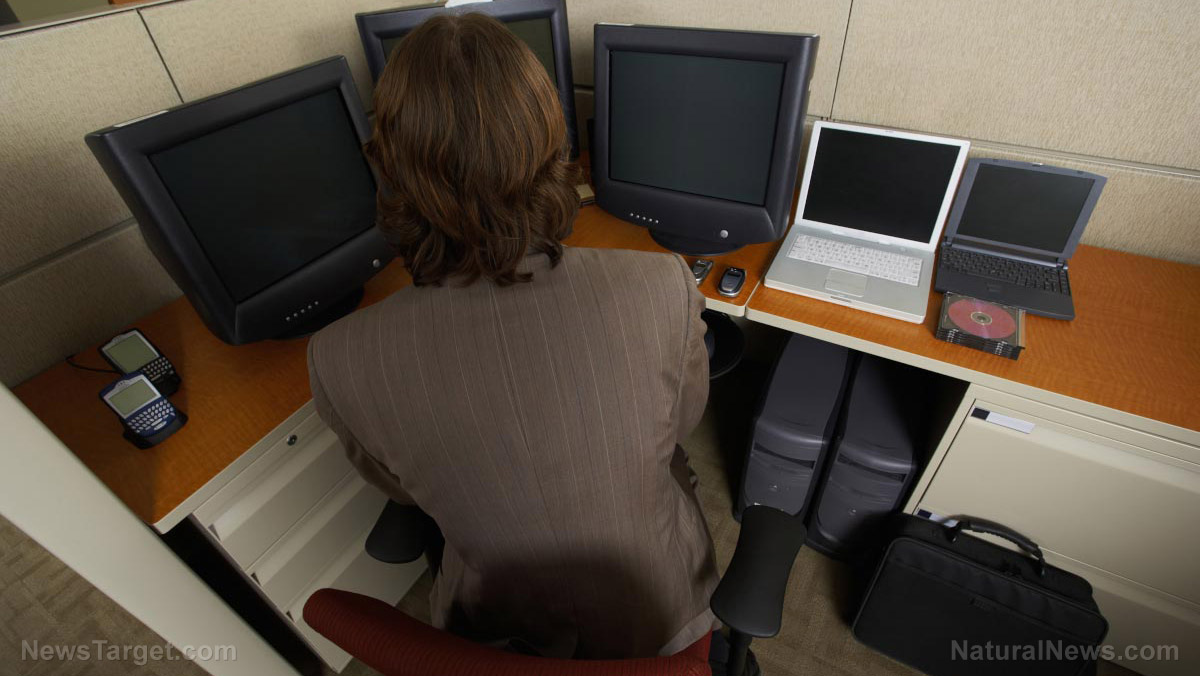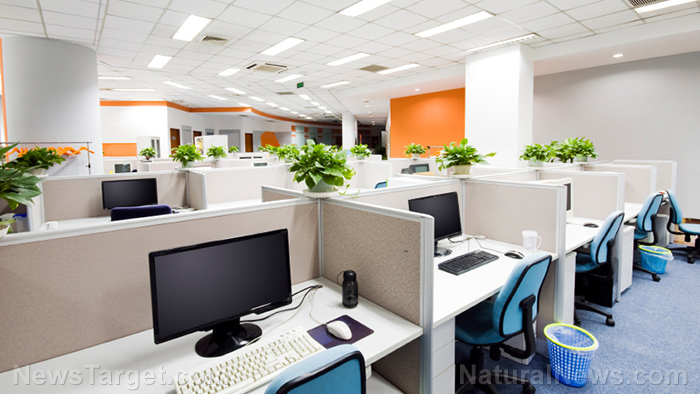
According to Natalie Pedersen, an assistant professor of legal studies in the LeBow College of Business at Drexel University in Philadelphia, Pennsylvania and Thomas R. Kline School of Law graduate and current judicial clerk Lisa Eisenberg, their work tackles all about the issues of sitting in the workplace and its related medical problems by taking a close look at the structure of liability in the United States for workplace injury.
Other countries have already taken measures to prevent their citizens from acquiring the so-called negative effects of sitting too long. For instance, Denmark became the first country in 2014 to legally require employers to provide workers with the option of a standing desk.
Australia and Canada, for their parts, have embarked on campaigns that highly motivate employers to create healthier work environments. In the U.S., the National Institute for Occupational Safety and Health and state occupational health administrations underline how important employee wellness programs and healthy workplace practices are for a company's reduction in health care costs and abseenteism, not to mention improved morale and productivity.
New York City-based financial services company American Express, for instance, offers a program that gives free health assessment, coaching, screening, and nurse hotlines to employees while Chicago, Illinois-based packaged foods company ConAgra Brands provides employees a bonus health savings contribution for opting to join in the company's health assessment programs.
Other companies are not too far behind on these schemes. Norwegian telecommunications company Telenor has lessened the number of coffee stations in their office so as to force employees to actually walk from one place to another when they are in need of caffeine.
Las Vegas, Nevada-based online shoe and clothing shop Zappos treats its employees to “Recess Tuesdays” wherein employees are encouraged to play basketball, tetherball, and volleyball with each other.
Desk-based workers would like to stand up more, too
People who have desk jobs are also of the mind that they want to spend less time sitting down and more time walking or doing physical activities during their work day, which is in line with what the government is pushing for, a study that was published in the open access journal BMC Research Notes shows.
Researchers at German Sport University Cologne suggest that employees should be provided with more opportunities for walking during their work day by their employers. “To our knowledge this is the first study to investigate how long desk-based workers actually want to sit, stand, walk, and be physically active,” says Dr. Birgit Sperlich, lead author of the study.
“So far, plans to increase physical activity in the workplace primarily focus on the health outcomes without asking the target group what they prefer. Interventions to reduce sitting time may need to include more options for walking rather than only for standing,” Sperlich adds. (Related: CONFIRMED: Desk jobs and lots of daily sitting lead to an early grave.)
According to the study, the participants say they spend 73 percent on average of their working day sitting down, 12.9 percent walking, 10.2 percent standing, and 3.9 percent doing physically demanding tasks. However, what they actually want to do is to spend 53.8 percent of their working day sitting down, 22.8 percent walking, 15.8 percent standing, and 7.7 percent doing physically demanding tasks.
To summarize, employees actually want to spend their working day sitting for four hours, but the reality is that they spend most of their working days sitting for 5.4 hours. On average, employees would want to spend another 46 minutes per eight-hour working day walking, and an additional 26 minutes per eight-hour working day standing.
In conclusion, the researchers note: “Our results lend some support to the recommended reduction of sitting time to 50 percent of the work day which seems feasible in light of workers' preferences for sitting, standing, and walking that we have identified.
Alternatively, these results may reflect respondents' awareness of recent guidance about occupational sitting time. Either way, interventions that take into account workers' personal preferences for sitting, walking, and physical activity could help reduce the risk for various negative health outcomes.”
To find out more about what you can do to stop the onslaught of sickness and disease, go to Prevention.news today.
Sources include:
Please contact us for more information.






















